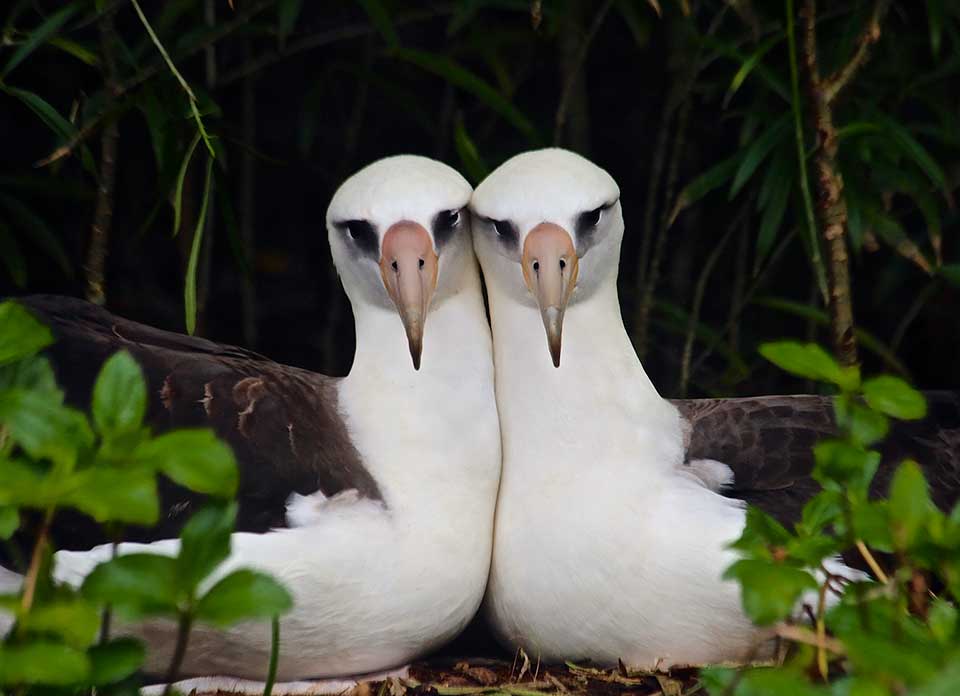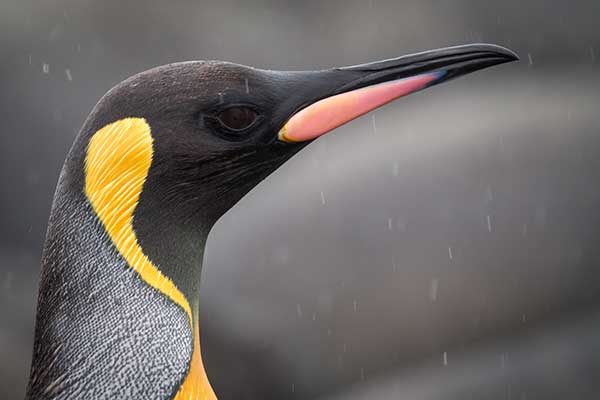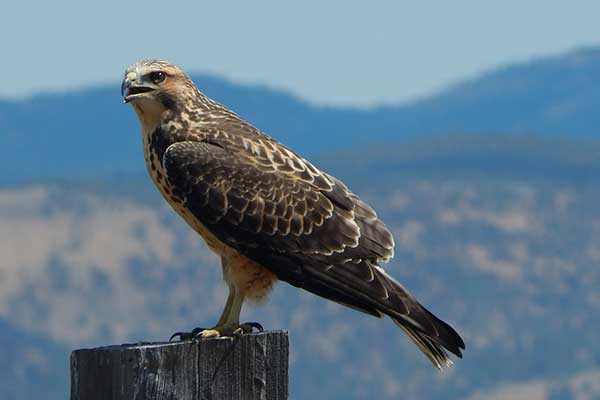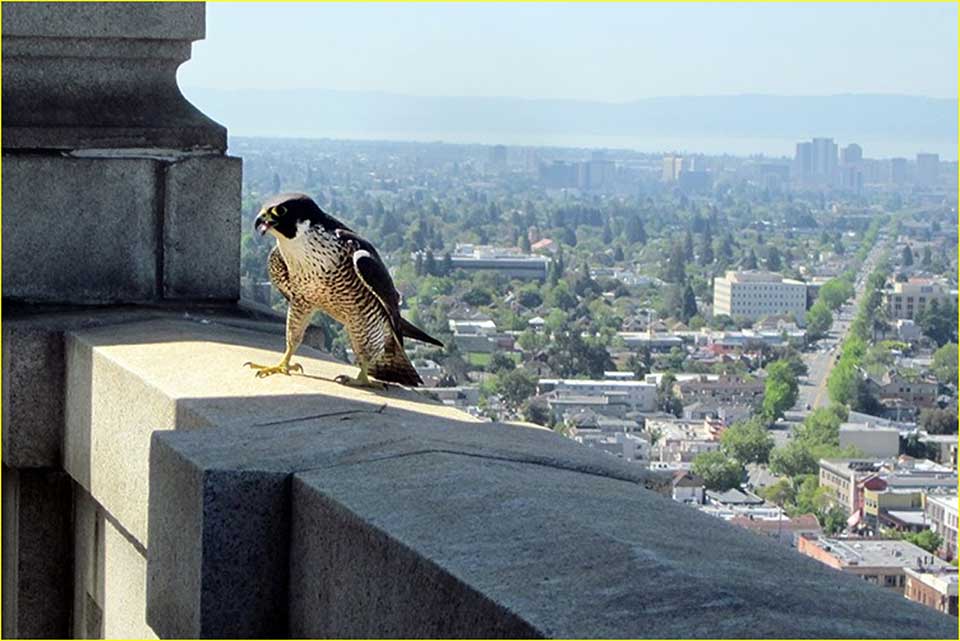Speaker Series
Albatross of Kauai, Their style and Story
Richardson Bay Audubon Center & Sanctuary 376 Greenwood Beach Rd, Tiburon, CA, United StatesAlbatross have likely nested in the Hawaiian Islands for millions of years, but disappeared with the arrival of humans. About 40 years ago, individual birds began returning to Kauai, and the population has gradually grown since then. Now, as their mother ship at Midway Atoll in the Northwestern Hawaiian Islands becomes more and more treacherous, Kauai may become the birds' Noah's Ark. Hob Osterlund, MSN, APRN, is an award-winning writer, photographer and conservationist living on the island of Kaua'i. Her work has appeared in The New York Times, National Geographic Explorer, Audubon, National Wildlife, Nature Conservancy, Hana Hou (Hawaiian Airlines), Ms. Magazine and more. She is the founder of the Kauai Albatross Network and has served as a habitat liaison for a number of private landowners for several years. Her work includes direct services such as systematic monitoring of all Laysan albatross on those properties, assisting with predator control and serving as a link between private landowners and state and federal wildlife agencies. For five nesting seasons Hob worked as a Kaua'i Coordinator for the Cornell Lab of Ornithology Bird Cam project. As a result, Laysan albatross live streaming images were played via the "TrossCam" as the chicks grew from hatch to fledge. From 2014-2018 there were 60 million views and 450 million minutes watched by viewers from 190 countries. In 2019 Hob's primary focus is her new documentary Kalama's Journey. The film is about an albatross chick adopted by a female pair of birds on Kaua'i, and about the chick's role in facing her species' biggest threat.
A Bird’s Rainbow with Bob Lewis
Richardson Bay Audubon Center & Sanctuary 376 Greenwood Beach Rd, Tiburon, CA, United StatesDescription: Many birds are brightly colored, others use patterned feathers for camouflage. How do these colors originate? What's the difference between colors from pigments and physical colors? From Yellow warblers to Anna's Hummingbirds, from Snow Geese to Brewer's Blackbirds, each species makes unique use of the feather colors it possesses. What do the colors indicate to other birds? And do birds see the same colors we do? Bob will unravel some of the mysteries of color in birds with a little chemistry, a bit of physics, and a lot of brightly colored slides. Bob Lewis trained as a chemist and worked in the energy field for 33 years. He's taught birding classes in the Bay Area for over 25 years, and served as the chair of Golden Gate Audubon's Adult Education Committee. He's co-aught a popular Master Birding class at the SF Academy of Sciences with Jack Dumbacher and Eddie Bartley, and Birds of the Bay Area with Rusty Scalf. He taught Avian Evolution with Bruce Mast for Marin Audubon. He loves to travel and photograph birds, and has recently returned from a trip to Namibia, chasing the brightly colored birds of that area, and passing 5,000 on his life list. Image: The pigment that creates the yellow color in King Penguins is still undefined.
Little Known Great Birding Locations
Richardson Bay Audubon Center & Sanctuary 376 Greenwood Beach Rd, Tiburon, CA, United StatesMost birders visit the famous spots: Pt. Reyes National Seashore, Bodega Bay, Golden Gate Park, Vic Fassio Yolo Wetlands, Klamath/Tulelake and Sacramento NWRs, Monterey Bay, Arcata Marsh, etc. But there is a growing number of lesser known spots, hidden gems for birding and scenery. Ruthie Rudesill will share birding stories and discuss a few special places for those who want to travel to new exciting areas of Northern California. Swainson's Hawk Courtesy of Ruthie Rudesill Speaker Ruthie Rudesill is Past President of Redwood Regional Ornithological Society. She has a Wildlife degree from Humboldt State University. She has led and participated in many Christmas Bird Counts, surveys and field trips for over 30 years. Ruthie maintains the records for rare birds in Sonoma County and sends quarterly reports to North American Birds (part of the American Birding Association).
Iconic Tower, Iconic Bird: Peregrines on the Campanile
CA, United StatesSpeaker: Allen Fish Host: Doug Waterman Start Date: Thursday, February 13, 2020 Start Time: 7:30 PM End Time: 9:30 PM Description: As Peregrine Falcons have recovered from endangered status in the 1990s-2000s, they have often been found nesting on bridges and skyscrapers. For the last two nesting seasons, a Peregrine Falcon pair has taken up residence on the Campanile on the UC Berkeley campus, fledging two chicks in 2017, and three in 2018. A team of citizen scientists led by UC Berkeley's Museum of Vertebrate Zoology (MVZ) in cooperation with the East Bay Regional Park District and the Golden Gate Raptor Observatory, has monitored the Peregrines, enhancing their nest-site, watching for threats, and serving as an information source for captivated CAL falcon-spotters. In 2019, the Cal Peregrine Team is working on getting a web-cam erected on the tower to deepen our knowledge of these urban Peregrines, and to widen interest in these charismatic falcons via the web. Beyond their sheer magnetism - the athletic hunting flights of the adults and the clumsy antics of the fledglings - the Peregrines are a profound reminder of the ornithologists of a generation ago who walked a tight-rope between science and conservation activism to bring this species back from the edge of extinction. One of their critical conservation tools? The well-kept and meticulously-labelled egg collections of natural history museums, including our own Museum of Vertebrate Zoology. Director of the Golden Gate Raptor Observatory (ggro.org) since its founding in the mid-1980s, Allen Fish earned his bachelor's degree at UC Davis, then returned to teach Raptor Biology there in the 2000s. He was honored with the Maurice Broun Award for achievements in raptor biology in 2003, and the Bay Nature Environmental Educator Award in 2015. A fourth-generation Berkeleyan with deep CAL roots, Fish lives near campus with his wife Allison Pennell, their two kids and a coonhound. Photo by Doug Bell



